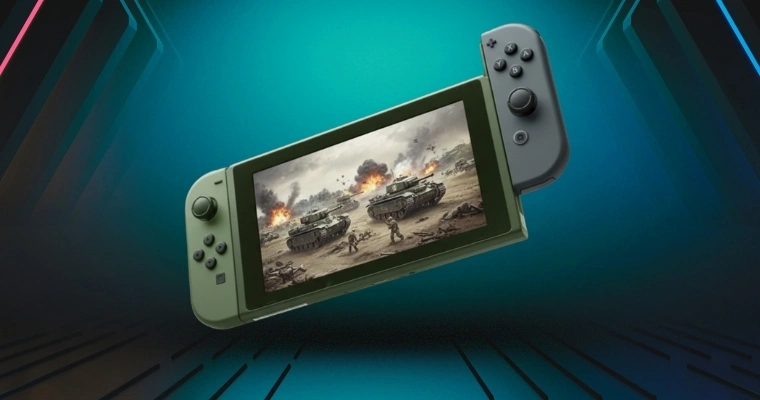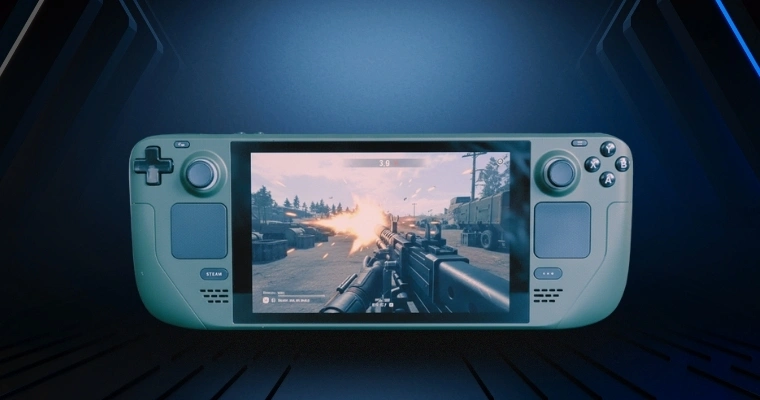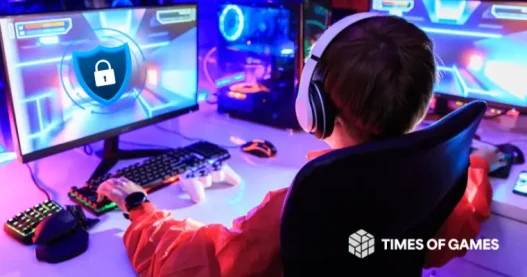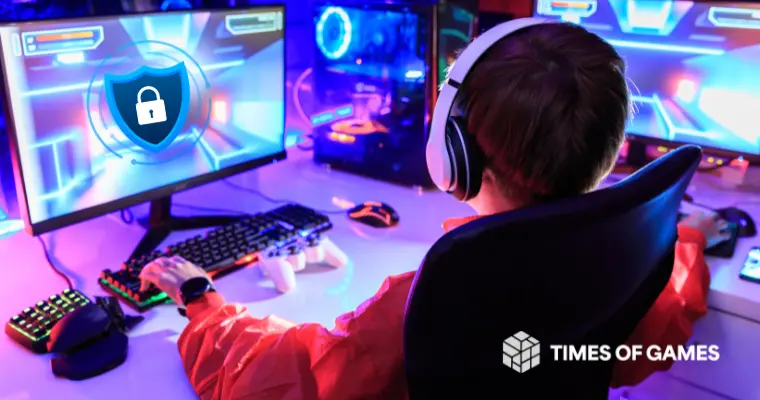Over the years, online gaming has become an integral part of childhood around the globe. Not only does it provide entertainment, but it also influences creative and strategic thinking to a certain degree.
With an increase in immersion, the risks of privacy and security breaches while engaging in online gaming have also increased. Protecting children’s personal information in gaming has become a global concern today.
Key Takeaways
- Ensuing online gaming safety for children is a collaborative effort.
- International standards have been established to systemize children’s online gaming safety.
- Various platforms have developed user-friendly controls to prioritize easy understanding of safety measures.
Understanding the Risks of Online Gaming for Children
From cyberbullying to being exposed to predators online, children face a lot of problems online. These dangers are usually masked under the garb of friendship, and since everything is contained within a game environment, it’s hard to gauge someone’s true intentions.
However, most titles do have some online gaming safety measures in place which ensures the gaming protection of children. These measures include player and game data collection, which include but aren’t limited to gaming habits, locations, and chat data.
How to Keep Your Kids Safe When Playing Online Games
Parents play the biggest role in keeping children safe while gaming. Here are some tips on keeping kids safe when they play online games.
Monitor Game Usage And Online Interactions
Keep an eye on what games your child plays, how long they play, and who they’re interacting with.
Set Screen Time Limits
Setting reasonable screen time limits helps maintain a healthy balance between gaming, schoolwork, and rest.
Educate Children About Online Risks
Teach kids how to recognize online threats like scams, phishing links, and strangers asking for personal information.
Encourage Safe Online Behavior
Promote kindness, respect, and caution in every gaming interaction kids can engage in.
Actionable Strategies for Online Gaming Platforms
Just like parents, developers and publishers are also responsible for ensuring the safety of children in online environments.
Utilize AI And Biometric Technologies
Artificial intelligence and biometric tools can help verify player ages and detect unusual behavior patterns in real time.
Offer Comprehensive Parental Controls
Parental control can often help set limits that prevent unnecessary microtransactions and exposure to random strangers online.
Promote Digital Literacy
Platforms can collaborate with schools to promote digital literacy. This includes teaching children how to protect their data, respect others online, and recognize unsafe interactions.
Prioritize Content Moderation
Developers must invest in real-time content monitoring, which involves a mix of AI and real-life human moderators to quickly flag and remove harmful or inappropriate content.
How to Set Up Parental Controls on Popular Gaming Consoles
Want to keep your child’s gaming experience safe and balanced? Here’s how to set up parental controls on popular gaming consoles to manage screen time, restrict mature content, and monitor online activity.
Sony PlayStation 5

From the PS5 home screen, go to Settings > Family and Parental Controls > Family Management. Here, you can create family accounts and manage communication settings.
Microsoft Xbox and Windows PC

Open the Xbox Family Settings app and create a dedicated account for your child. In the Settings menu, you can adjust privacy preferences, restrict communication, and control friend requests.
Nintendo Switch

Go to System Settings > Parental Controls > Use This Console to activate restrictions directly on the device. This allows your child to be able to communicate with, block adult-rated content, and control downloads.
Valve Steam

Sign in to your child’s Steam account and navigate to Settings > Family > Family View. Once done, you will then be able to choose which games and features are accessible.
Global Laws and Regulations on Kids’ Gaming Privacy
Online gaming safety has become a top priority for governments and international organizations.
Key International Standards & Frameworks
The General Data Protection Regulation (GDPR) of the European Union is one of the most comprehensive data privacy laws in the world. Here, verifiable parental consent is needed before collecting or processing personal data of children under 16.
Meanwhile, the OECD Digital Guidelines for Children provide global recommendations to safeguard minors’ online experiences, focusing on children’s data protection, consent management, and digital literacy.
Regional/National Laws & Developments
Beyond these global benchmarks, countries are developing their own localized child privacy standards. An example is the UK’s Age-Appropriate Design Code requires platforms to prioritize children’s safety by default.
Emerging Regulatory Trends
Regulators have been immersing themselves with age verification, ethical monetization, and privacy-by-design practices in games. There’s also rising interest in using AI for content moderation and consent verification.
Technology and Industry Practices in Child Data Protection
As online gaming platforms evolve, technology plays an important role in ensuring online gaming safety for children.
Age Verification Tools in Gaming
Modern games now use AI-driven age verification systems that also collect information, analyzing the behavior patterns, biometric data, or government ID verification to confirm a player’s age.
AI and Monitoring for Safer Play
Artificial intelligence is increasingly being used to detect harmful behavior and flag inappropriate content in real time.
Privacy-First Game Design
Developers are adopting a “privacy by design” philosophy, building data-protection mechanisms into their games.
Safer Chat and Content Moderation
In-game communication tools are now being enhanced with AI-powered moderation systems that detect offensive language and suspicious activity.
Key Challenges and Gaps in Data Protection
Despite efforts to protect the kids’ online gaming privacy, protecting data online remains a complex challenge.
Difficulty Defining Age and Maturity Thresholds
Children mature at different rates, making it hard to set universal standards for what is “appropriate.”
Issues With Parental Consent Verification
Many platforms still rely on self-reporting, and the lack of standardized systems makes it easy for children to bypass monitoring when it comes to age restrictions.
Enforcement And Compliance Challenges
Even with regulations like the GDPR and COPPA, enforcement varies globally. Smaller studios may not be able to implement robust privacy measures due to a lack of infrastructure.
Balancing Safety With Fun And Engagement
Overly strict controls discourage creativity, social interaction, and gameplay enjoyment. Developers tend to have difficulties when it comes to safely balancing the experience.
Emerging Risks From VR, AR, And the Metaverse
Immersive technologies introduce new privacy risks, since virtual reality and metaverse platforms collect more sensitive data.
Wrapping Up: Protecting Kids’ Data in Online Gaming
Protecting children in online gaming goes beyond simple privacy settings. It’s a collaborative effort between developers, parents, and society as a whole. The goal isn’t just compliance – it’s to develop a digital environment where kids can play, learn, and grow safely.
FAQs
How to ensure a child is playing age-appropriate games?
One thing that can help is to check the game’s ESRB or PEGI rating before allowing your child to play.
What are the most important parental control settings for safe online gaming?
Focus on screen time limits, spending restrictions, and communication filters
How to monitor a child’s messages in gaming chats?
Use built-in chat moderation and activity reports available in parental dashboards.
At what age should children play online games?
Most experts recommend starting around 7–8 years old.
What are the safety measures for online gaming?
Teach children to avoid sharing personal information, report inappropriate behavior, and play only on secure, trusted platforms.




